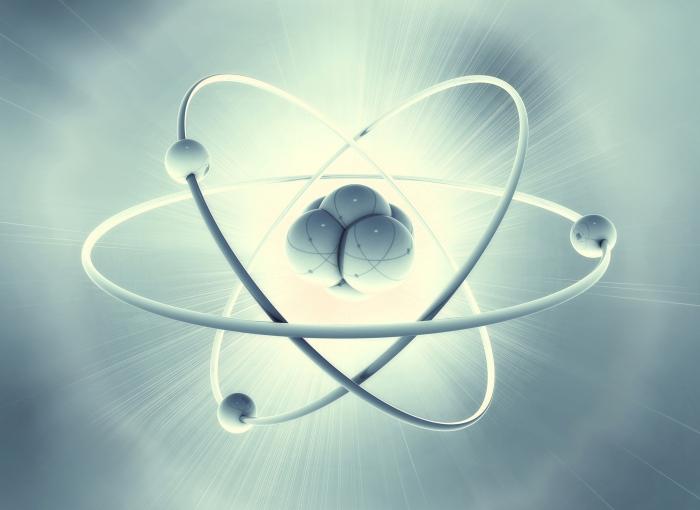Introduction
You went to the seventh grade and, having come to school on September 1, you saw in the list of your new lessons an object called "Physics". To your question about what kind of beast, parents just waved away: "Such a science!" But you want to thoroughly prepare before the first physics lesson, so that during its study you won’t be surprised at anything. As everyone knows, science is divided into various sections, and the one described in this article is no exception. What sections of physics exist, and what do they study? This is how the question discussed in this article sounds.
The main sections of physics
This subject is divided into three large sections, which, in turn, are divided into subsections. And the latter also differentiate into types of these subsections. So, there are only three sections of physics, which can be called the main ones: macroscopic, microscopic, and physics at the intersection of sciences. Let's look at them in order.
1. Macroscopic physics
- Mechanics. It studies the movement and interaction of material bodies. It is divided into classical, relativistic and continuum mechanics (hydrodynamics, acoustics, solid mechanics).
- Thermodynamics. It studies the transformations and proportions of heat and other forms of energy.
- Optics. It considers phenomena that are associated with the propagation of electromagnetic waves (infrared and ultraviolet radiation), i.e. describes the properties of light and light processes. It is divided into physical, molecular, nonlinear and crystal optics.
- Electrodynamics. It studies the electromagnetic field and its interaction with bodies that have an electric charge. This section is divided into electrodynamics of continuous media, magnetohydrodynamics and electrohydrodynamics.
2. Microscopic physics
- Atomic physics. Engaged in the study of the structure and states of atoms.
- Static physics. He studies systems with an arbitrary number of degrees of freedom. It is divided into static mechanics, static field theory and physical kinetics.
- Condensed matter physics. He studies the behavior of complex systems with a strong connection. Distributed into the physics of solids, liquids, nanostructures, atoms and molecules.
- The quantum physics. He studies quantum-field and quantum-mechanical systems and the laws of their motion. It is divided into quantum mechanics, field theory, electrodynamics and chromodynamics, as well as string theory.
- Nuclear physics. He is engaged in the study of the properties and structure of atomic nuclei and nuclear reactions.
- High Energy Physics. Considers the interaction of atomic nuclei and / or elementary particles when their collision energy is greater than their mass.
- Particle physics. It studies the properties, structures and interaction of elementary particles.

3. Physics at the junction of sciences
- Agrophysics. He is engaged in the study of physicochemical and biophysical processes occurring in the soil.
- Acoustooptics. It studies the interaction of acoustic and optical waves.
- Astrophysics. He is engaged in the study of physical phenomena occurring in astronomical objects.
- Biophysics. It studies the physical processes that occur in biological systems.
- Computational Physics. He studies numerical algorithms for solving physics problems, for which a quantitative theory has already been developed.
- Hydrophysics. He is engaged in the study of processes occurring in water, and its physical properties.
- Geophysics. Explores the structure of the Earth by physical methods.
- Mathematical physics. The theory of mathematical models of physical phenomena.
- Radiophysics. It studies vibrational-wave processes of various nature.
- Theory of oscillations. Considering all kinds of vibrations, based on their physical nature.
- Theory of dynamical systems. A mathematical abstraction designed to study and describe the evolution of systems over time.
- Chemical physics. The science of the physical laws governing the transformation and structure of chemicals.
- Physics of the atmosphere. He is engaged in the study of the structure, composition, dynamics, and phenomena in the atmosphere of the Earth and other planets.
- Physics of plasma. It studies the properties and behavior of plasma.
- Physical chemistry. He is engaged in the study of chemical phenomena using theoretical and experimental methods of physics.

Conclusion
These are all sections of physics. You will get to know some of them (for example, optics) in detail at school, and you will study some at the institute if you enter the same faculty. And you can study physics sections in depth at home at any convenient time.